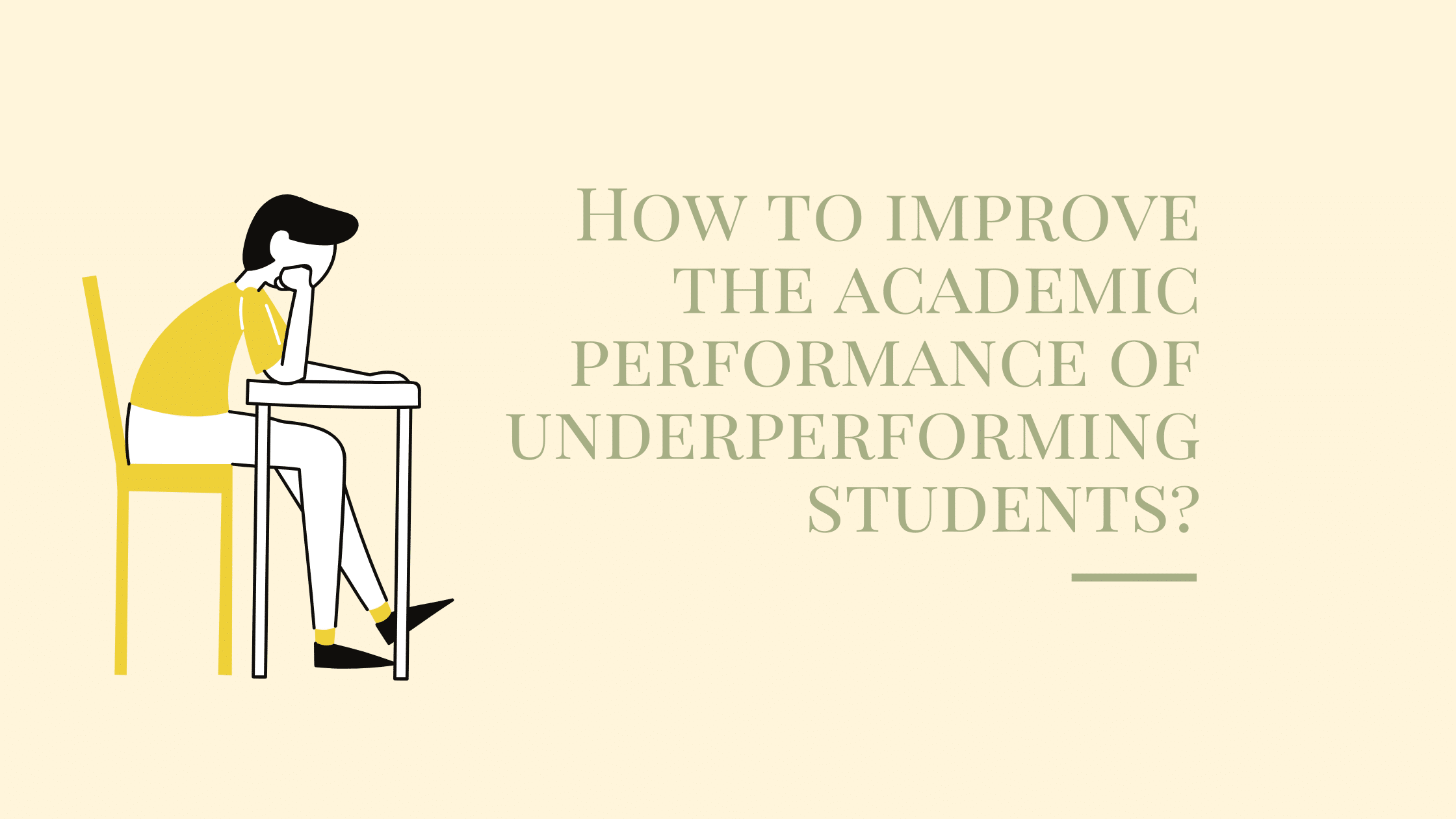How to improve the academic performance of underperforming students? The question is pretty straightforward. But the answer is quite complicated.
It should be noted that dealing with the underperforming students needs a highly sensitive approach, and more importantly, an empathetic approach as well. Any wrong move could have adverse effects and sensitive students could even feel discouraged because of this.
There is no one right way towards helping underperforming students improve academically. There are various ways an educational institution can improve its students and thus the overall academic performance of their school, college, or their university.
In this blog, let us look at some useful strategies that teachers, professors and principals could adopt to improve the academic performance of underperforming students.
Leverage the digital tools that are out there
Improving the academic performance of students needs a holistic and a more personalized approach to the students. The personalized approach works especially with the students who are struggling with the academics. This is where the digital tools come in handy. Features like behavior analytics and institution analytics that are available in the education software that are available today help educators understand their students in a personal level and also at class levels.
The behavior analytics helps educators understand how happy and healthy the students are and how they are getting along their peers. This will help the teachers/ professors understand the mindset of the students. On the other hand, with the help of a feature like institution analytics, institutions can take its reporting further and observe trends in academic performance of every student at their institutions. This majorly helps in understanding every student more insightfully and provide personalized coaching accordingly.
(Did you know? Classe365 has one of the most comprehensive student behavior analytics software)
Make classrooms an immersive learning experience
Through our previous blogs, we have already spoken about how educational institutions need to keep innovating and providing immersive experience for students. We keep reiterating this particular point because making classrooms interactive is important to ensure that the concentration level of students is intact. Various studies suggest that the concentration span of students is getting lesser and lesser.
Immersive lectures, though, don’t necessarily mean that they can only be given online or offline. Immersive classroom is something that offers more of blended learning for students. Simply put, to provide the best immersive classroom experience, teachers can make use of the best features of both online and traditional teaching methods. And Learning Management Software (LMS) would help them offer immersive learning for students.
(Read our blog on how LMS can be implemented to improve educational institutitions)
Be creative with your assessment methods
It’s a fact that not all intelligent students are particularly good when it comes to performing well in exams. This could perhaps be the reason for a particular student underperforming
This means that traditional examination cannot be seen as the only way to gauge the performance of the students. Academic heads and educators should discuss and come up with different and innovative kinds of assessments so that it could bring the best out of all the students. This could even be in the form of a challenging assignment. While it could be tough, it could give students enough time to research and come up with comprehensive reports. Or for that matter, the other assessment criteria could be multiple choice quizzes that could test the students on multiple levels. For coming up with MCQs and interactive assignments, Learning Management System could again come in handy.
Provide consistent feedback
The students who are underperforming would, for sure, would be needing a helping hand in getting better at their academics. And one way an institution can do this is by providing the students feedback regularly and consistently. The feedback should be in such a way that they should be both positive and constructive. It should also be more empathetic towards the students. Further, the teachers should also ensure that they do not compare the students with one other but evaluate everyone individually. And it is imperative that their feedback doesn’t discourage students — because it could be very counterproductive.
